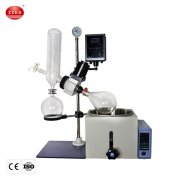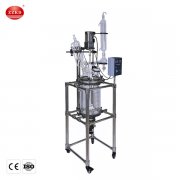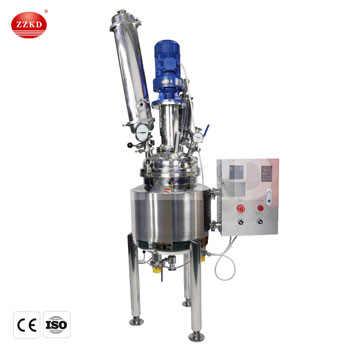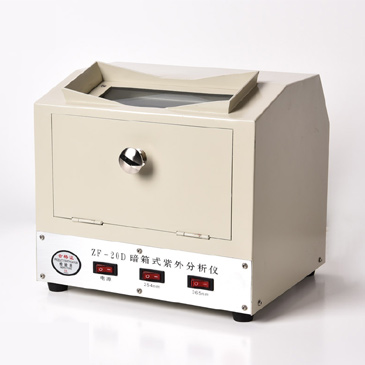Short path distillation is a sophisticated yet essential technique utilized primarily in the chemical and pharmaceutical industries for the purification and separation of various substances. One frequently asked question is, "Does short path distillation remove solvents?" To understand this, it's crucial to delve into the intricacies of the process and its applications.
Understanding Short Path Distillation
Short path distillation is a distillation technique that operates under reduced pressure, which significantly lowers the boiling points of the substances involved. This method is particularly beneficial when dealing with heat-sensitive compounds that might decompose or degrade at higher temperatures. The term "short path" refers to the minimal distance that the vaporized substance travels before condensation, typically a few centimeters. This short travel distance minimizes the loss of product and enhances efficiency.
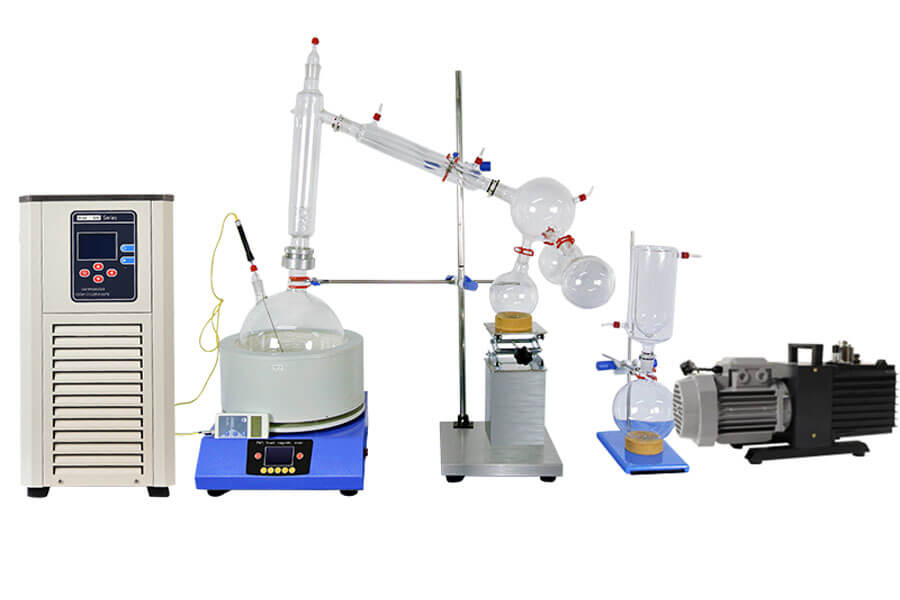
Distillate Machine for Sale
The Process of Short Path Distillation
The process involves heating a mixture to the point where the desired substance vaporizes. The vapor then travels a short distance to a cooling surface where it condenses back into a liquid. This liquid is collected separately from the remaining mixture. The key components of a short path distillation apparatus include:
-
Heating Mantle: Provides the necessary heat to vaporize the substance.
-
Distillation Flask: Holds the mixture to be separated.
-
Short Path Distillation Head: Directs the vapor towards the condenser.
-
Condenser: Cools the vapor back into a liquid.
-
Receiving Flask: Collects the distilled product.
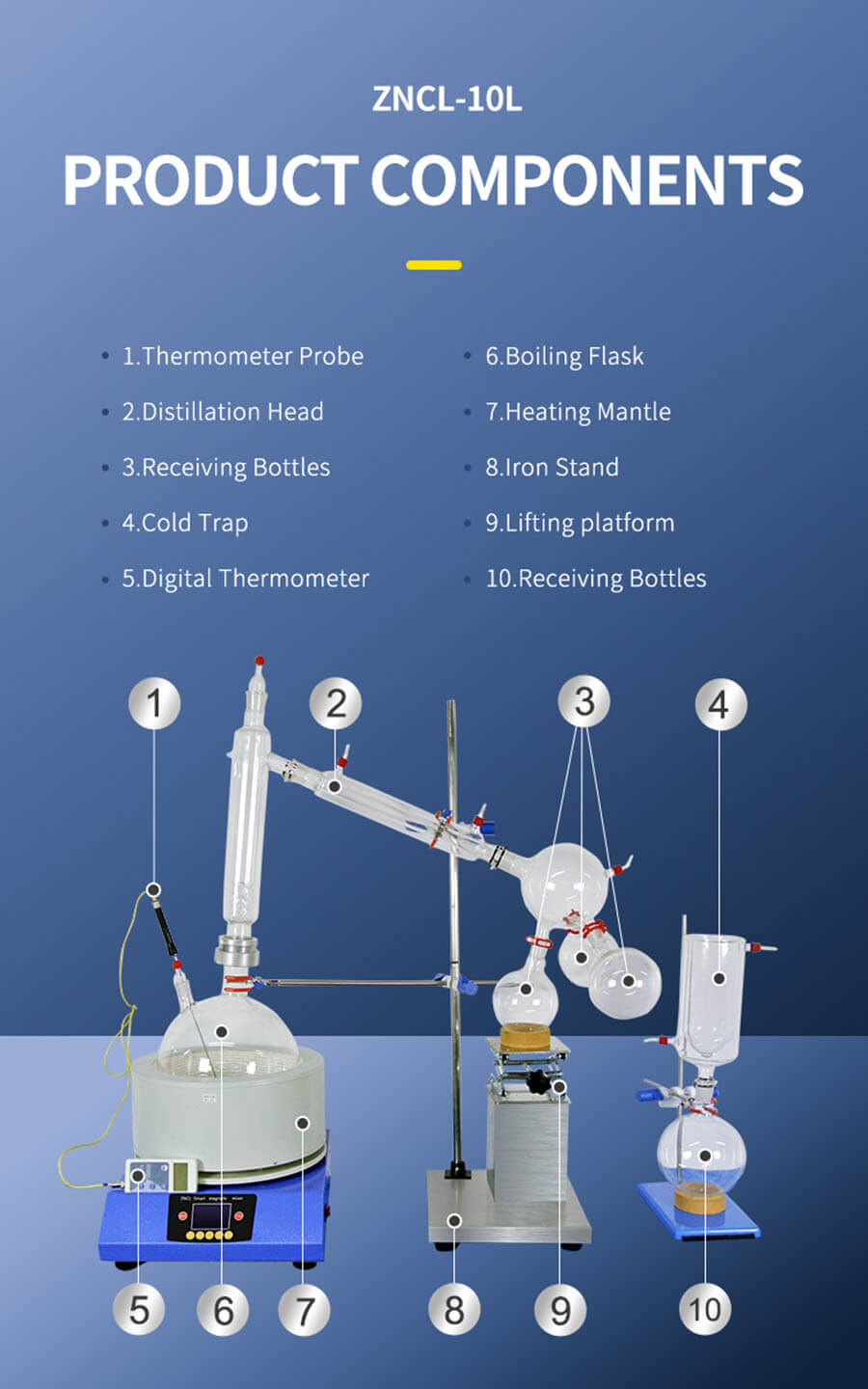
Short path distillation is highly effective for separating substances with significantly different boiling points. However, its ability to remove solvents depends on several factors, including the boiling points of the solvents and the substances being separated, the pressure within the apparatus, and the efficiency of the cooling system.
Solvent Removal in Short Path Distillation
Can short path distillation effectively remove solvents? The answer is yes, but with certain considerations. Solvents, which are typically low-boiling-point compounds, can be efficiently removed if the conditions are appropriately managed. Here's how:
-
Boiling Point Differentials: For solvents with boiling points significantly lower than the target compound, short path distillation can separate them effectively. As the mixture is heated, the solvent vaporizes first due to its lower boiling point and is subsequently condensed and collected separately.
-
Vacuum Pressure: Operating under reduced pressure lowers the boiling points of all components in the mixture. This is advantageous for removing solvents, as it allows for their vaporization at even lower temperatures, minimizing the risk of thermal degradation of the target compound.
-
Temperature Control: Precise control over the temperature ensures that only the solvent reaches its boiling point while the target compound remains in a liquid state. This precise control is crucial for achieving high-purity separations.
Consider this question: What happens if the solvent and the target compound have similar boiling points? In such cases, achieving complete separation becomes challenging. The distillation process must be carefully monitored and adjusted, possibly requiring multiple distillation passes or the use of additional separation techniques such as fractional distillation.
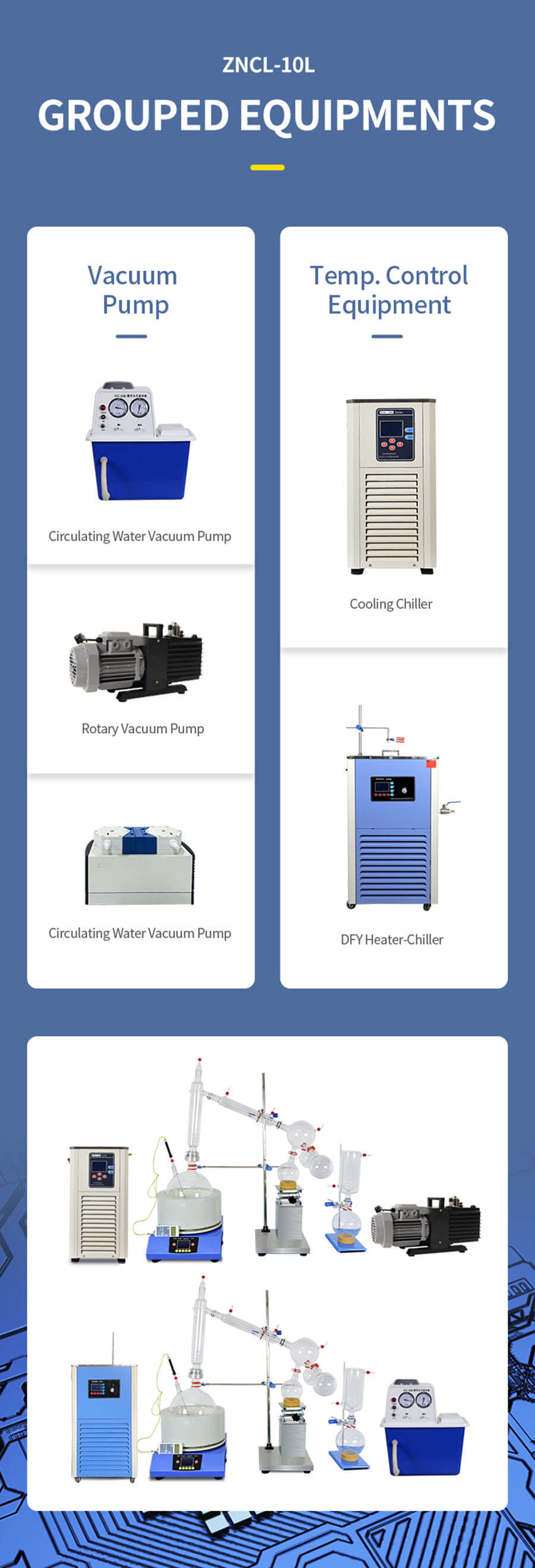
Applications of Short Path Distillation
Short path distillation is widely used in various industries due to its efficiency and ability to handle heat-sensitive materials. Some of its notable applications include:
-
Pharmaceutical Industry: Purifying active pharmaceutical ingredients (APIs) and removing solvents from final products.
-
Essential Oils: Extracting and purifying essential oils without degrading their quality.
-
Cannabis Industry: Producing high-purity cannabinoids by removing solvents and other impurities.
-
Food Industry: Removing unwanted compounds from food extracts to enhance purity and quality.
In these applications, the ability to effectively remove solvents is paramount to ensuring the quality and efficacy of the final product.
Advantages of Short Path Distillation
Why choose short path distillation over other methods? Several advantages make it a preferred choice:
-
Efficiency: The short distance traveled by the vapor reduces the loss of product and increases the efficiency of the separation.
-
Low Temperature Operation: Reduced pressure allows for lower temperature distillation, preserving the integrity of heat-sensitive compounds.
-
High Purity: Precise control over the distillation parameters results in high-purity separations.
-
Compact Design: The compact nature of the equipment makes it suitable for laboratory-scale operations and industrial applications.
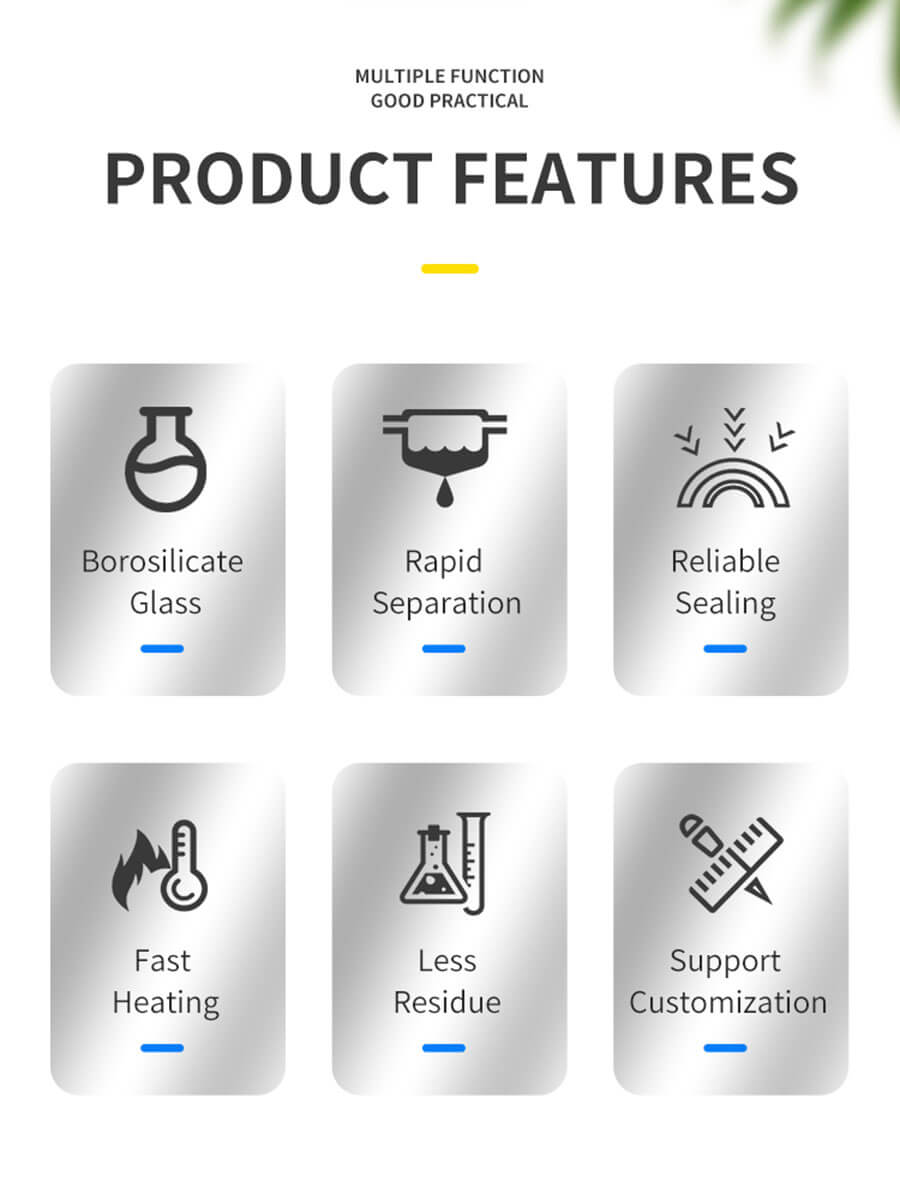
Let's reflect on another question: Can short path distillation be scaled up for industrial use? Absolutely. While it is commonly used in laboratory settings, short path distillation can be scaled up with appropriate equipment modifications, making it suitable for large-scale industrial processes.
Challenges and Considerations
Despite its advantages, short path distillation comes with its own set of challenges. Achieving optimal separation requires careful control of various parameters, including temperature, pressure, and flow rates. Additionally, the initial cost of setting up a short path distillation system can be high, although this is often offset by the efficiency and quality of the results.
Another consideration is the maintenance of the equipment. Regular cleaning and calibration are essential to ensure consistent performance and prevent contamination of the products.
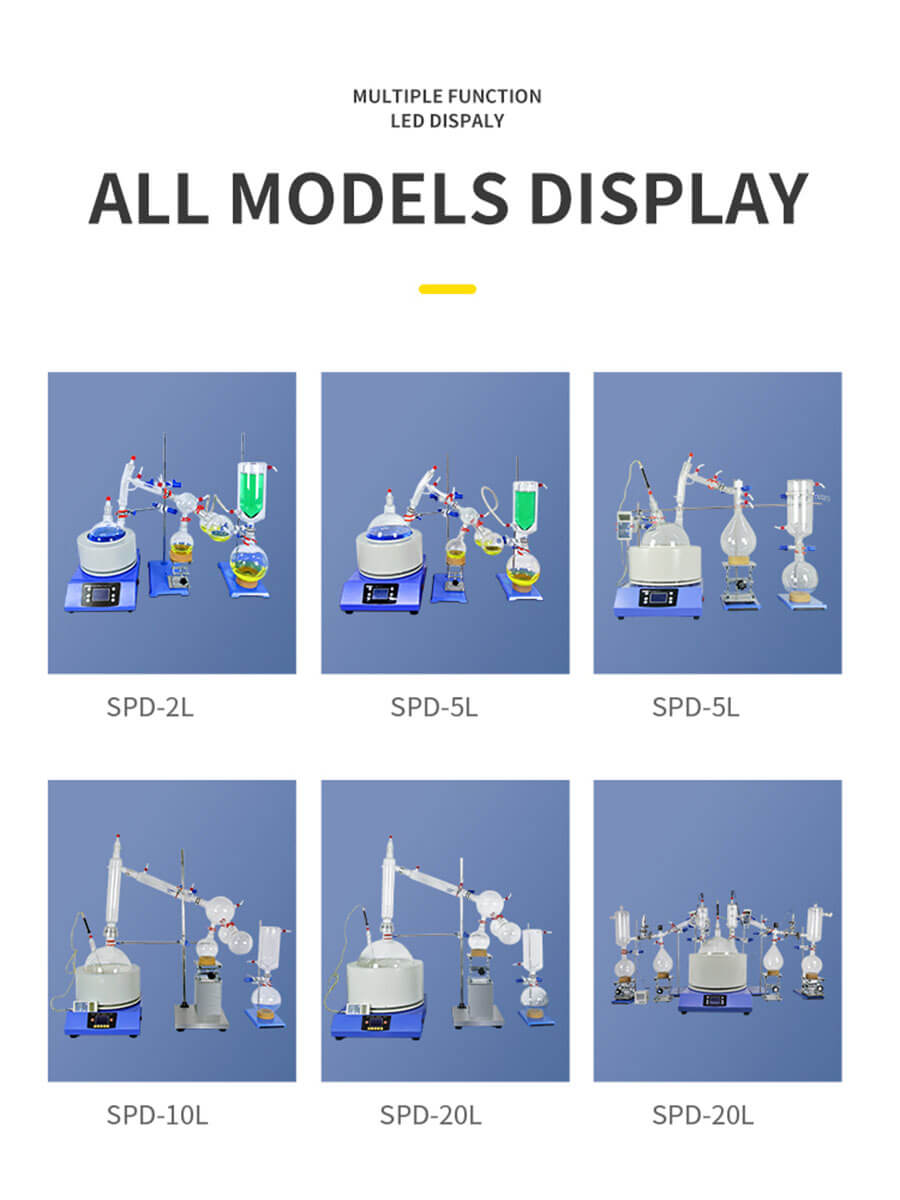
Conclusion
Short path distillation is a highly effective technique for removing solvents, provided the conditions are appropriately managed. Its ability to operate at low temperatures and achieve high-purity separations makes it an invaluable tool in industries ranging from pharmaceuticals to essential oils and cannabis. By understanding the principles and applications of short path distillation, one can leverage its benefits to achieve superior results in various separation and purification processes.
Have any more questions about short path distillation? Exploring its nuances and applications further can unlock even greater potential for this versatile technique. Whether in a laboratory or an industrial setting, short path distillation continues to be a cornerstone of modern purification methods.

 Products
Products





